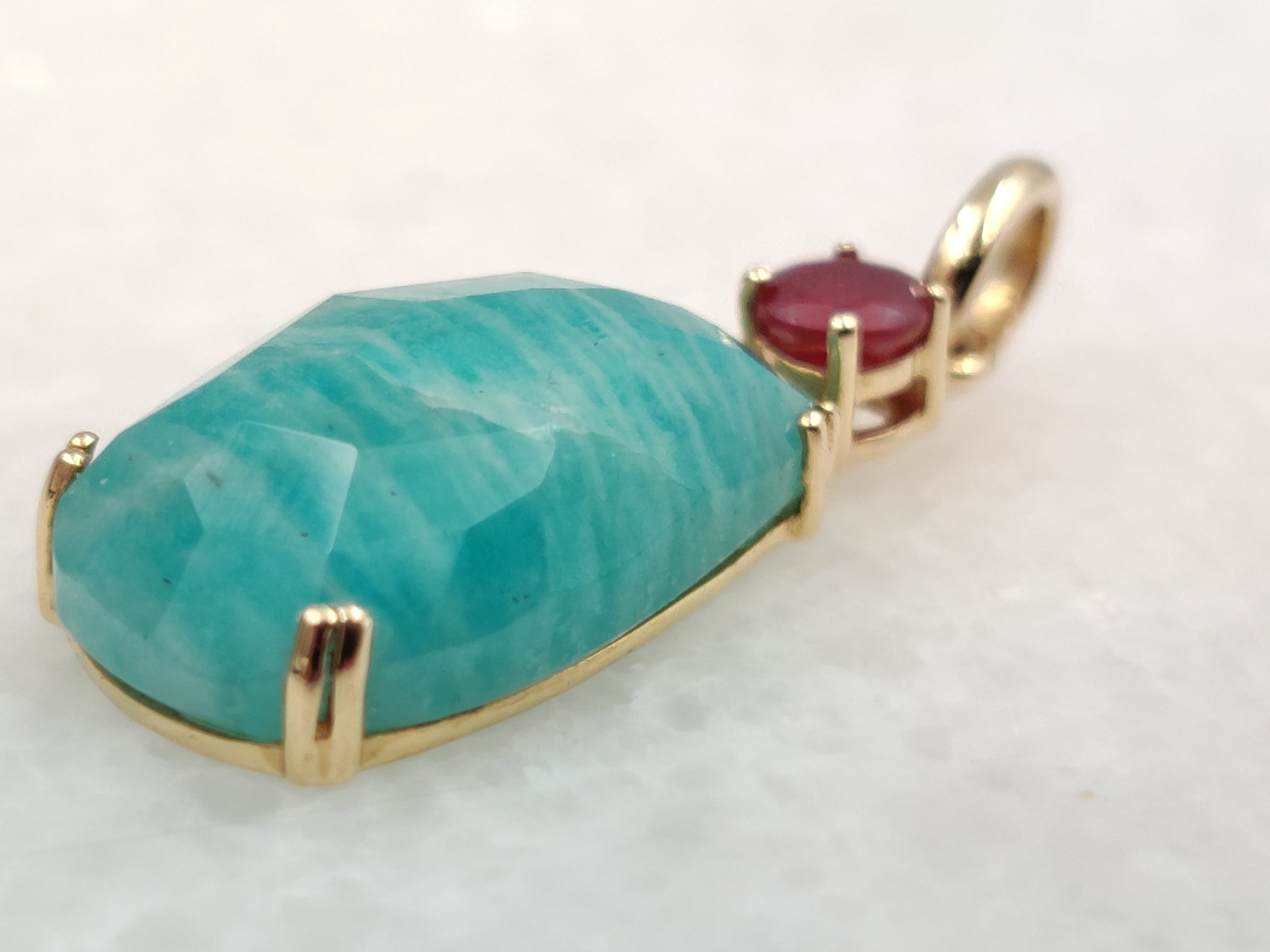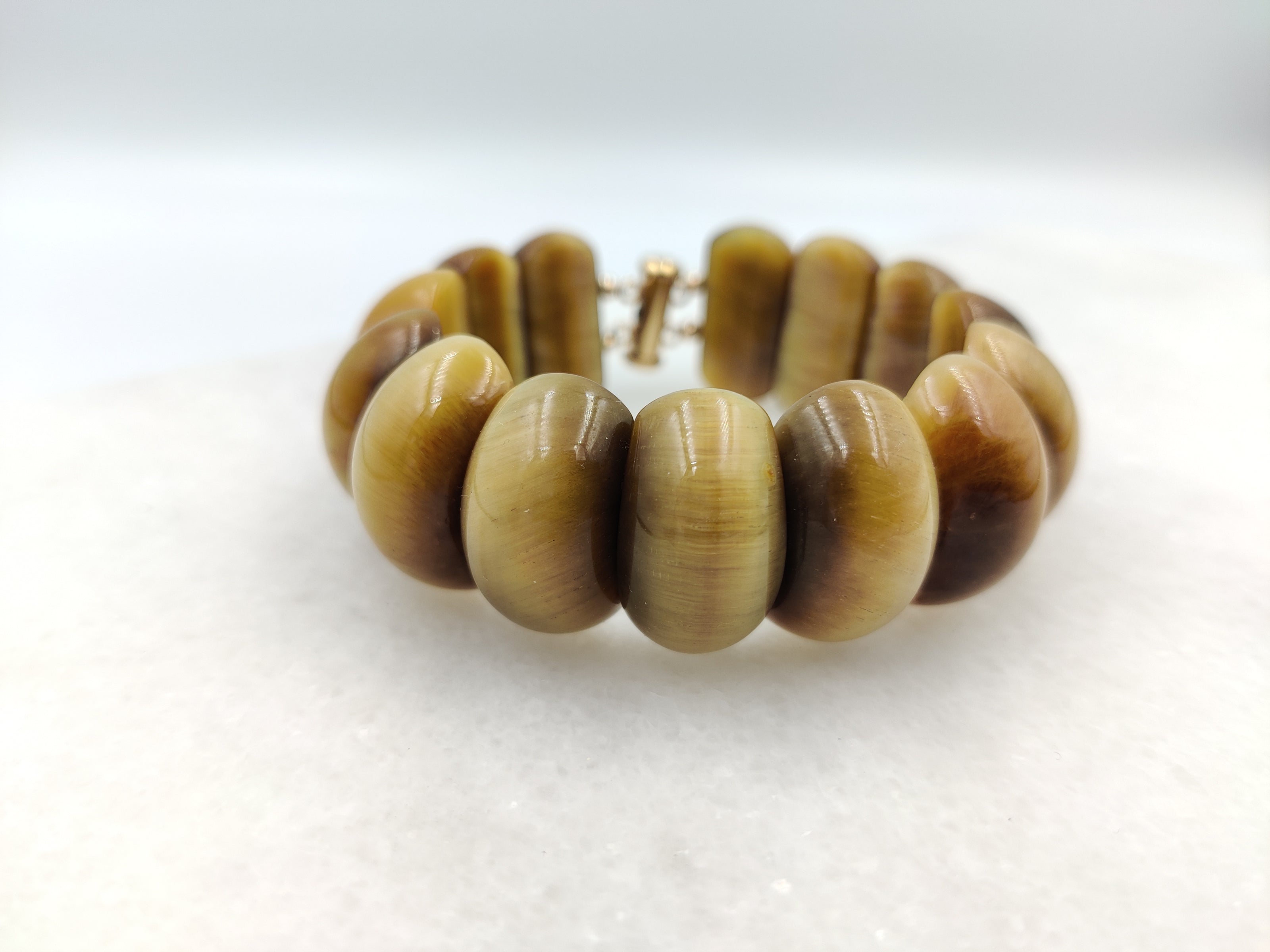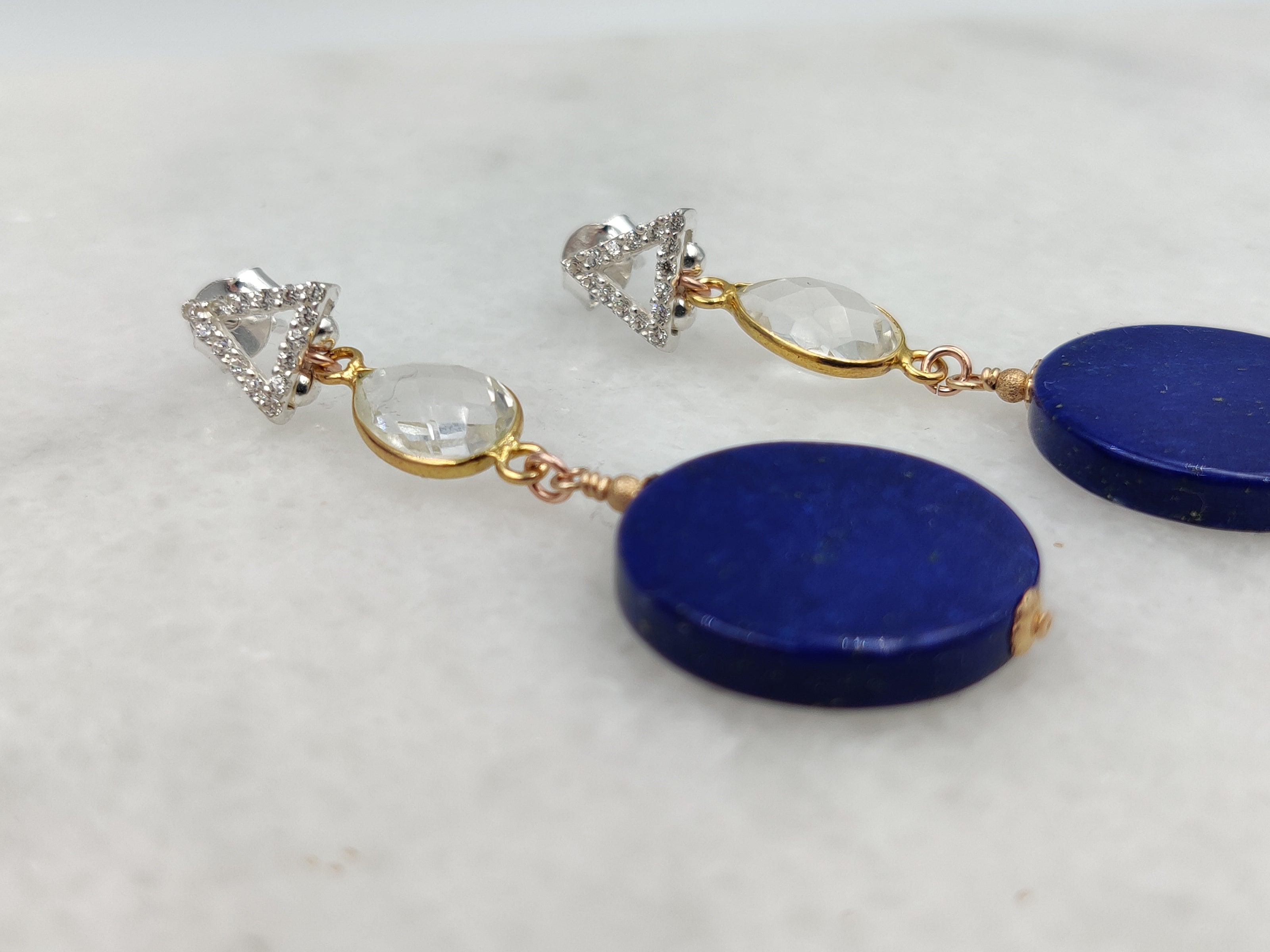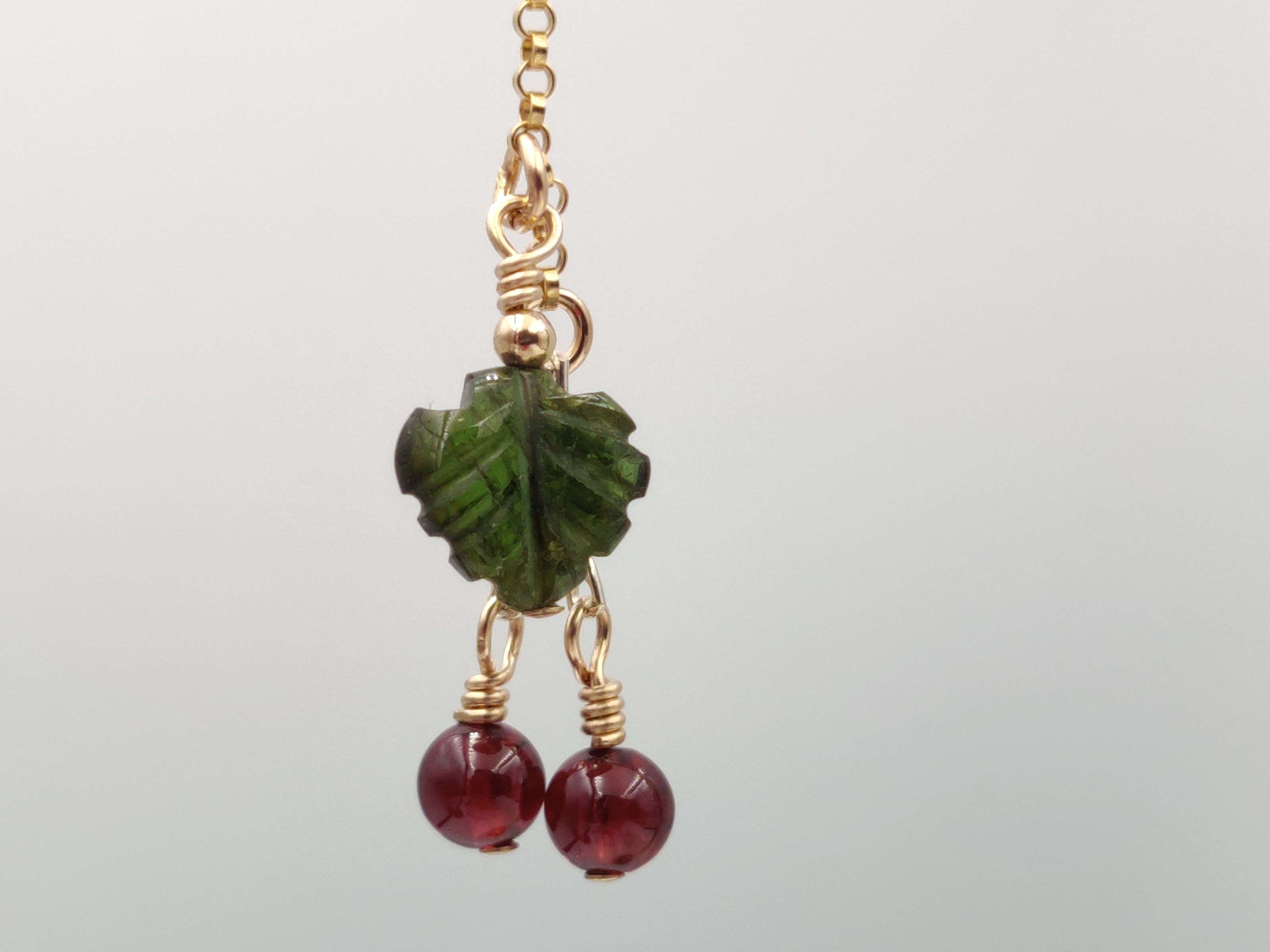Lapis Lazuli: Unveiling the Celestial Beauty of a Blue Gem
By Glamorous Gem Stone Library
Lapis Lazuli, a gemstone steeped in history and revered for its celestial blue hues, is a captivating treasure that has adorned the crowns of ancient civilizations and modern jewelry alike. In this exploration, we will uncover the composition, origin, mining practices, and the art of crafting Lapis Lazuli jewelry. Additionally, we'll discuss the gem's hardness, wear, and care, shedding light on the secrets behind its enduring allure.
Composition and Origin
Composed mainly of lazurite, calcite, and pyrite, Lapis Lazuli is renowned for its intense blue color, often adorned with golden flecks of pyrite. The deep blue hues are attributed to the presence of sulfur-derived components within the lazurite mineral. Originating from regions such as Afghanistan, Chile, Russia, and Myanmar. Lapis Lazuli is an ancient gem that has been treasured for centuries.
Mining of Lapis Lazuli
The extraction of Lapis Lazuli is a meticulous process, often involving artisanal mining in remote locations. Afghanistan, notably the Sar-e-Sang mines, is renowned for producing some of the finest Lapis Lazuli in the world. Miners carefully extract the rough material, exposing the gem-bearing rocks, which are then transported for additional cutting and polishing.
Given its historical significance, Lapis Lazuli has been used in various artifacts and artistic endeavors, including sculptures and paintings. The mining practices prioritize preserving the integrity of the gem while maintaining the cultural and geological heritage of the region.
Lapis Lazuli in Jewelry
Lapis Lazuli's deep blue color, often compared to the night sky, makes it a sought-after gem for jewelry enthusiasts. Cabochon cuts are common, showcasing the gem's rich color and the mesmerizing interplay of golden pyrite flecks. It is frequently set in sterling silver or gold to enhance its regal appeal.

Beyond its ornamental use, Lapis Lazuli has been historically associated with spiritual significance and symbolism. It has been used in amulets, talismans, and religious artifacts, making it a gem with cultural and mystical resonance.
Hardness, Wear, and Care
Lapis Lazuli boasts a moderate hardness, ranking between 5 and 6 on the Mohs scale. While it can withstand everyday wear, caution should be exercised to prevent scratches and damage. Store Lapis Lazuli jewelry separately from harder gems (such as Quartz, Diamonds) and metals to avoid abrasions.
To maintain the gem's vibrant appearance, clean it gently using a soft, damp cloth. Harsh chemicals, ultrasonic cleaners, and steam cleaning should be avoided to prevent potential damage.
Due to its Porous Nature, Lapis Lazuli can be sensitive to household chemicals and prolonged exposure to sunlight, so it's advisable to remove jewelry before engaging in strenuous activities or exposure to harsh elements.
Lapis Lazuli is a fragment of the cosmos captured in brilliant blue. Its use in jewelry echoes through the ages, connecting the wearer to ancient traditions and the celestial beauty of the Earth. Whether worn for its aesthetic appeal or its spiritual significance, Lapis Lazuli continues to shine as a timeless and captivating gem.
Discover the Tiger's Eye Collection from us
#GlamorousGemStoneLibraryLapisLazuli
Glamorous Gem Stone Library
-

Amazonite
Exploring the Mystique of Amazonite: A Gemstone of Tranquility and Balance
-

Tiger's Eyes
Exploring Tiger's Eye: A Mesmerizing Gem of Nature
-

Lapis Lazuli
Lapis Lazuli: Unveiling the Celestial Beauty of a Blue Gem
-

Garnet
Unveiling the Radiance: A Deep Dive into Garnet
Read More



